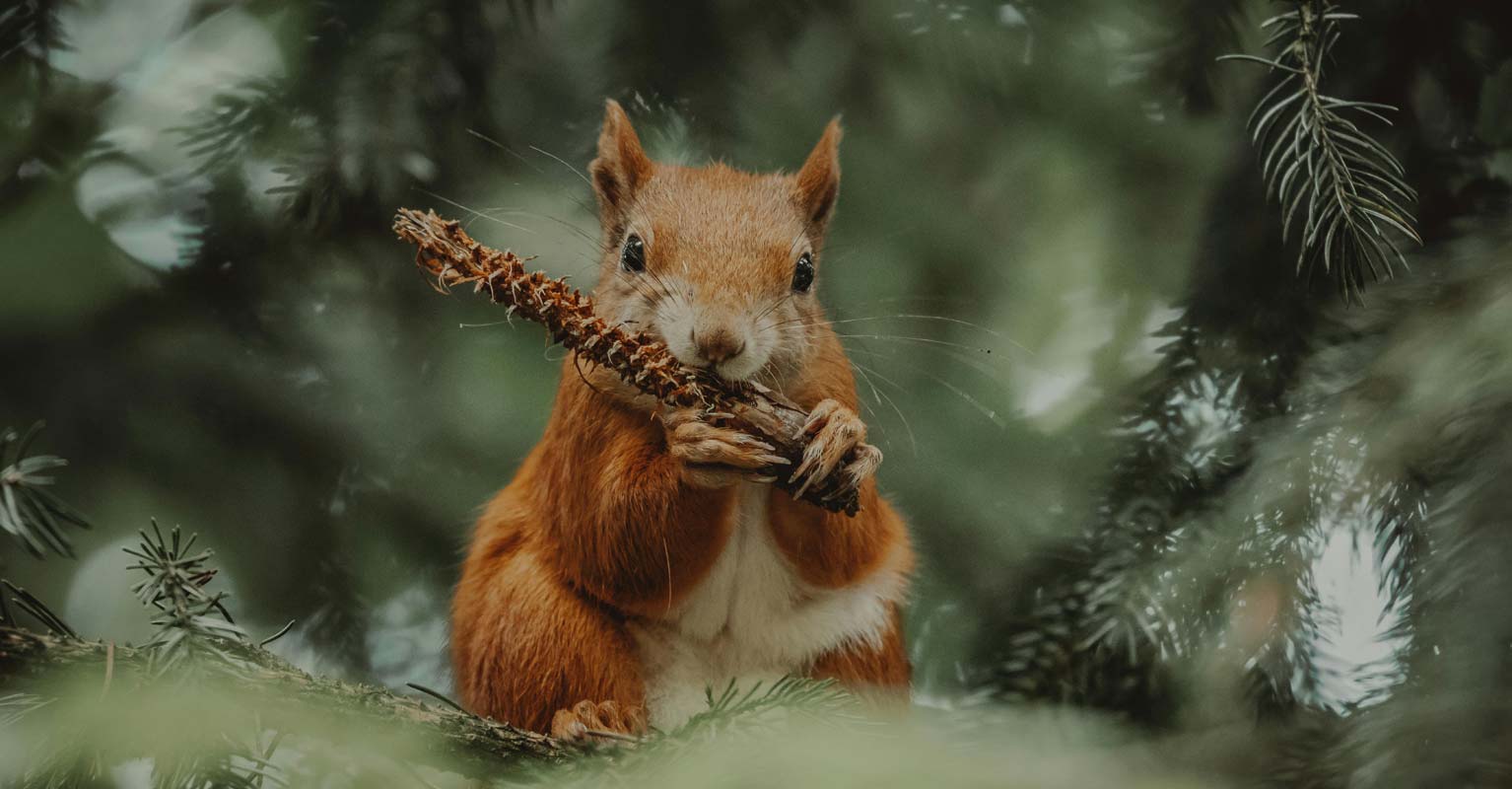The long-term future of Gallatin Valley agriculture is not a given. Edible Bozeman’s focus on sustainable agriculture underscores the importance of maintaining societal action if we are to ensure a local food supply.
Modern food production in this region dates to the 1860s, although Indigenous peoples in the Greater Yellowstone have been sustained by its rich complement of plants and wildlife for thousands of years. The Gallatin Valley of my 1930s childhood was still the highly valued agricultural center once known as the Egypt of America. In 1912, the valley was the Pea Capital of the Nation, and six years later the Bozeman Canning Company supplied 75 percent of the nation’s peas. I was among the high school students who worked at the cannery in the early 1950s, holding a coveted position as the canning machine operator on Line Three.
Only 50 years later, this local agricultural heritage is in peril. Today, I grieve as family farms surrounding Bozeman are stripped of their priceless topsoil to accommodate a raging stream of housing units. This housing juggernaut, apparently accommodating refugees departing from degraded and less attractive locales, is literally devouring our own priceless agricultural future. And a valley depleted of its soil resource cannot support or sustain agriculture.
The housing rush is displacing wild landscapes as well, as people move ever deeper into surrounding forest lands and along virtually every valley stream corridor. Moreover, this suburban and exurban growth is acting as a noose around Yellowstone National Park, choking off important seasonal migration routes and fragmenting habitat for its rich and irreplaceable complement of wildlife. The very future of Yellowstone is in jeopardy absent a more informed stewardship by surrounding governmental entities and private landowners.
At the local scale, displaced wildlife increasingly enjoys a “taste of Bozeman,” feasting on our urban landscape with its lush annuals, perennials, and fruit trees. My former southside neighborhood has a resident deer population as well as regular seasonal visits by black bears. A Bozeman Daily Chronicle opinion piece published in the fall actually recommended how to make Bozeman bear friendly. Will we soon become elk friendly, visited by the elk that frequent the agricultural fields immediately south of town? Perhaps Bozeman Rangers will busy themselves maintaining separation between elk and humans á la Mammoth Hot Springs, Wyoming.
Finally, the current housing market is not producing the affordable housing that’s vital to maintain the valley’s workforce. Another unsustainable trajectory. But it was not always this way: The Bozeman of my youth was able to house everyone, and everyone who lived here worked here as well. This is not simply an old man’s nostalgic ramblings; this is what made this place so livable, friendly, and desirable.
Clearly, we must attend to the essential qualities of a decent community. Perhaps we should collectively eat a large dose of humble pie and regain our senses about what made Bozeman the Last Best Place. We must reestablish the balance and interrelationships necessary for a desirable and sustainable future—a future that includes wild, agricultural, and urban landscapes. Are we prepared to step forward to shoulder our individual share of this challenge? Each action matters; business as usual and instant gratification are antithetical to long-term sustainability.




